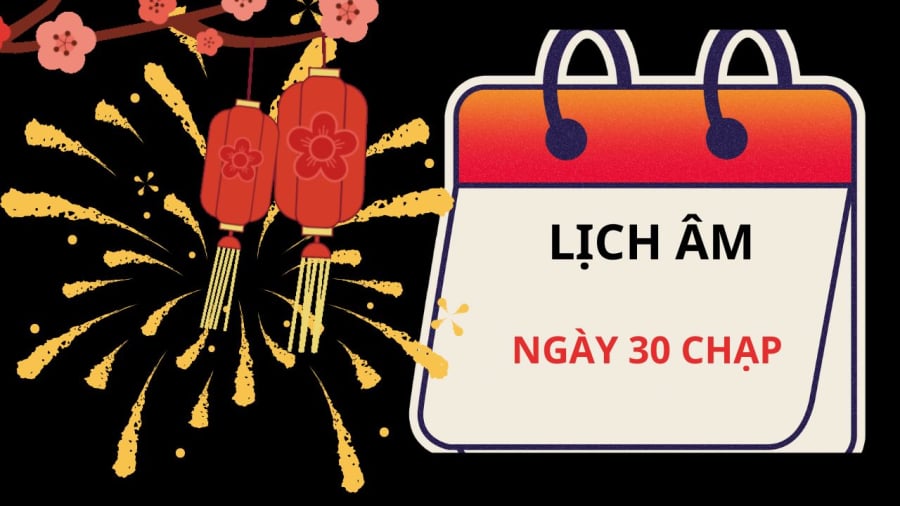After the 30th day of the Lunar New Year in the year of the Rabbit (February 9, 2024), we will not have the 30th day of the Lunar New Year for the next few years, from 2025 to 2032.
Why are we missing the 30th day of the Lunar New Year?
The Lunar Calendar follows the moon’s phases and varies depending on the actual moon’s orbit around the Earth, rather than a predetermined repetitive pattern like the Solar Calendar. Therefore, the Lunar Calendar does not follow a set of rules like the Solar Calendar, and its variability is an important factor in ensuring the accuracy of the lunar months.
Lunar months closely follow the changing phases of the moon, from the new moon to the crescent, quarter, gibbous, and full moon, and back again. A lunar month begins on the day of the new moon, when the moon is on the same side as the sun. This moment is called the “dark moon” or “conjunction” and marks the first day of the lunar month. The length of time between two consecutive dark moons varies, resulting in lunar months of varying lengths.

We Won’t Have the 30th Day of the Lunar New Year for Several Years
On average, a lunar month is about 29 days, 12 hours, and 44 minutes long, with a variability of up to 7 hours. This variability leads to the phenomenon where the period from one dark moon (the first day) to the next can fall on the 30th or 31st day, resulting in months with either 29 or 30 days.
According to these calculations, the Lunar New Year’s 30th day will not occur again until January 31, 2033.
Why can’t we calculate the lunar months as precisely and predictably as the solar months?
Lunar months are calculated based on the length of a synodic month and the dark moon. These factors depend on variables that are not constant or predictable. As a result, the Lunar Calendar lacks a clear pattern and must be calculated precisely each month based on actual observations.
The upcoming eight consecutive years without the 30th day of the Lunar New Year is merely a coincidence and does not indicate a pattern in the calendar. Moreover, the Lunar Calendar has been in use for a long time in our country, and such occurrences are not unusual. For example, from the year of the Monkey (2016) to the year of the Rat (2020), there were consecutive years with a 30-day 12th lunar month.
Therefore, the absence of the 30th day of the Lunar New Year for several consecutive years is simply a consequence of following the Lunar Calendar and is not a cause for concern or something out of the ordinary.
Is It Okay to Offer the Mid-Seventh Lunar Month Festival on the 14th Day of the Lunar Calendar?
The full moon of the seventh lunar month is a significant day in Vietnamese culture and spirituality. Families come together to prepare offerings and pay respect to their ancestors and deities. It is a time-honored tradition that showcases the deep reverence and cultural heritage of the Vietnamese people.














